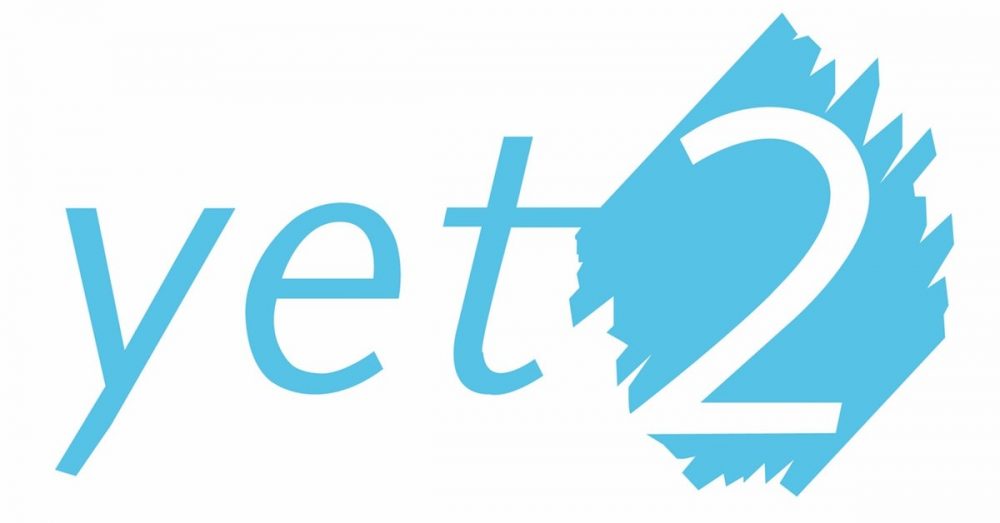PepsiCo is seeking novel bottle and/or bottle closure sanitation methods that reduce or eliminate the use of chemicals and/or water in the sanitation process. It is very important to sanitize packaging containing beverages intended for human consumption. Failure to adequately sanitize bottles and bottle closures to remove bacteria, viruses, molds, yeasts, and spores may have serious consequences with respect to product quality and safety, potentially leading to negative customer reactions or even product recall.
Background
Peracetic acid (PAA) is a commonly employed and highly effective sanitizer, particularly when used in conjunction with hydrogen peroxide. However, PAA sanitation processes involve a significant amount of water throughout the process including dilution, water rinsing of packaging post-treatment and chemical disposal. Globally, trillions of gallons of beverages are bottled each year. While preserved carbonated soft drinks (CSDs) are the traditional leader in market share, other drinks such as bottled water, juices, non-preserved CSDs, and ready-to-drink teas and coffees are gaining in share. New inventions are needed to ensure that these drinks remain safe, while reducing unnecessary chemical and/or water consumption during production. Proposed solutions should achieve the following objectives:
- Reduce or eliminate the amount of water used in bottle and/or bottle closure sanitation processes; and/or
- Reduce or eliminate the use of chemicals in bottle and/or bottle closure sanitation processes.
Key Success Criteria
Must-Haves
- Safety measures to protect personnel from any physical, chemical, and/or radiological hazards. Any chemical exposure must fall below OSHA permissible exposure limits.
- Any chemical must be EPA-listed as acceptable for use in cleaning, sanitation, or disinfection, or generally recognized as safe (GRAS) by the FDA. In addition, any chemical residue must be below levels deemed safe by the FDA or EPA. New chemicals or formulations that do not meet these criteria will not be considered.
- Any chemical effluent must meet EPA and local government disposal or discharge regulations.
- Process must be compatible with PET, rPET, and HDPE plastics and must not result in any package deformation or decomposition.
- Process must not leave any residues that could affect product taste or odor.
- Process must be able to run continuously for an extended period of time at line speeds typical of commercial beverage fillers (100-1,000 packages per minute) without performance losses.
- Process variables must be measurable, controllable, and yield consistent microbial reduction
- PepsiCo is looking to perform proof of concept testing and purchase pilot and/or commercial scale systems that can be integrated or retrofitted into existing beverage fillers.
Nice-to-Haves
- Completely eliminates or significantly minimizes water usage in sanitation process.
- Completely eliminates or significantly minimizes chemical usage in sanitation process.
- Minimizes utility (steam, cooling water, electricity, etc.) usage
- Is capable of sanitizing multiple package sizes, shapes, and complex geometries.
- Is capable of repurposing existing package sanitation system hardware on legacy equipment OR is capable of being retrofitted on legacy equipment
- Partnered with beverage filler OEM
Preferred Collaboration Types
To be advised
